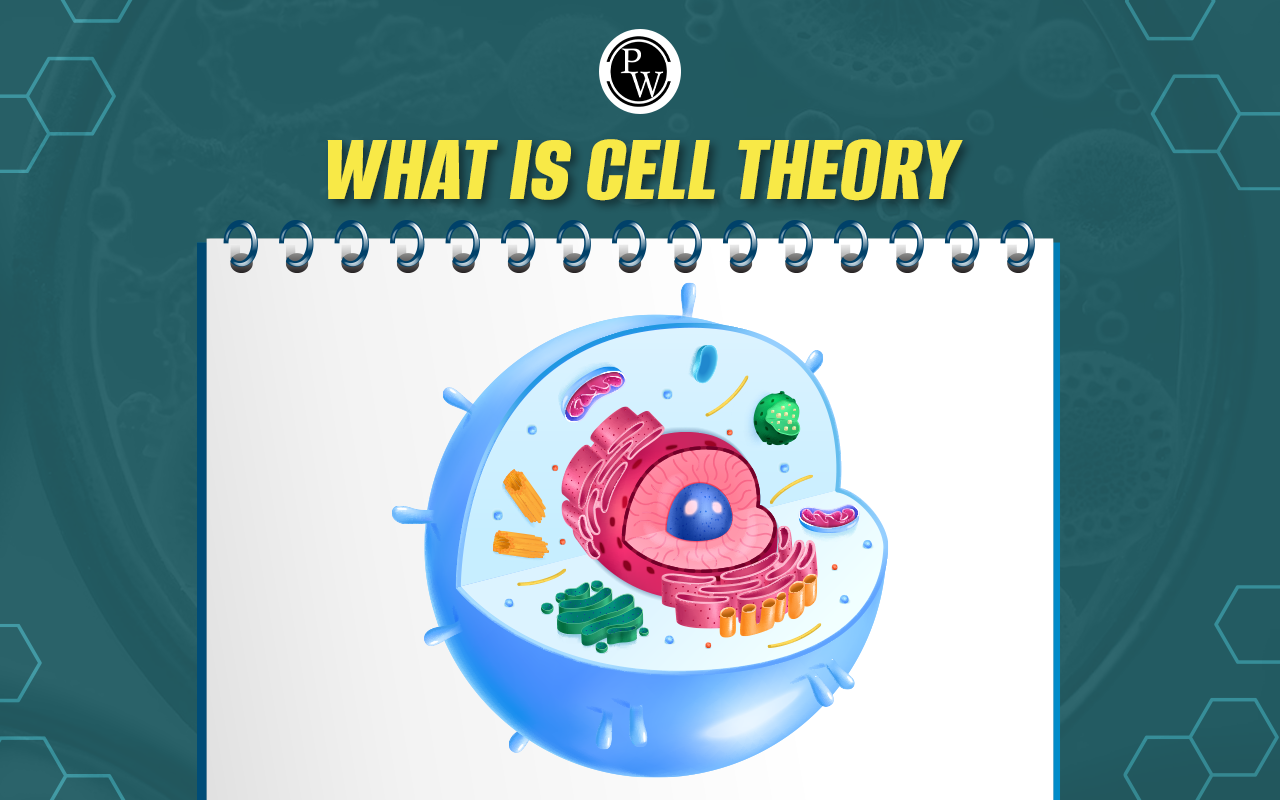
Difference between Cell and Tissue: A cell is the fundamental unit of life in all living organisms. Cells are the building blocks of all living things, and microorganisms such as bacteria are essentially self-contained cells. More complex multicellular organisms, such as plants and animals, divide their cells into tissues, organs, and organ systems. The presence or absence of a nucleus and other membrane-bound organelles distinguishes eukaryotic cells from prokaryotic cells.
Cells with similar functions combine to form tissues, which develop into organs with specific functions. Tissues and cells share similarities, but they are more structured and specialized for specific functions. There are two types of tissues in plants: meristematic tissues, which contain actively dividing cells, and permanent tissues, which have differentiated to perform specific functions. The following article discusses the detailed difference between cell and tissue.
| NEET Biology Syllabus | NEET Biology Diagrams |
| NEET Biology MCQ | NEET Biology Chapter wise Weightage |
| NEET Biology Notes | NEET Previous Year Question papers |
Difference between Cell and Tissue Overview
Cells and tissues are essential building blocks of life, with an important role in all organisms, including humans. Cells, the smallest unit of life, perform vital metabolic functions. Tissues are groups of cells that work together to perform specific functions. Cells are necessary components of all living things, with each cell contributing to the organism's survival. Cells differ in structure, size, and function but share essential components such as the nucleus, cytoplasm, and cell membrane. The nucleus houses genetic material, whereas the cytoplasm contains specialized structures known as organelles.
Tissues are divided into four types: epithelial, connective, muscular, and nerve tissue. They are made up of cells with similar structures and functions that collaborate to perform specific tasks. Epithelial tissue lines organ cavities and covers the body's surfaces. Muscle tissue allows for movement, connective tissue supports and connects different body sections, and nervous tissue sends signals throughout the body while coordinating responses to environmental stimuli. This article will go into great detail about the difference between cell and tissue.
Difference between Cell and Tissue
Cells and tissues are essential components of living organisms. Cells are the fundamental building blocks of tissues, which collectively form the diverse structures found in all multicellular organisms. Cells are the building blocks of any organism, whether it is unicellular or multicellular. The table below illustrates the fundamental difference between cell and tissue.
| Difference between Cell and Tissue | ||
| Character | Cell | Tissue |
| Definition | Cells are defined as the smallest structural and functional units of an organism, typically microscopic. | Tissues are defined as distinct types of materials consisting of specialized cells and their products. |
| Visibility | Cells are microscopic. | Tissues are macroscopic. |
| Presence | Cells are present in both unicellular and multicellular organisms. | Tissues are present exclusively in multicellular organisms. |
| Types | Two cell types exist: Eukaryotic cells and prokaryotic cells. | Four main types of tissue are recognized: Epithelial tissue, Connective tissue, Muscular tissue, and Nervous tissue. |
| Composition | Cells consist of various cellular organelles, including the nucleus, mitochondria, lysosomes, Golgi apparatus, etc. | Tissues are composed of similar types of cells, each specialized for a unique function. |
| Development | Cells develop through mitosis and meiosis cell divisions. | Tissues undergo repair through processes like regeneration and fibrosis. |
| Function | Cell functions include growth, metabolism, and reproduction. | Tissues have their own unique functions. |
Cell Definition
A cell represents the smallest unit of life and serves as the fundamental building block for all living organisms. Every living entity is made up of one or more cells, each of which performs a specific function critical to the organism's survival. Cells vary in structure, size, and function, but they all contain essential components such as the nucleus, cytoplasm, and cell membrane. The nucleus houses the cell's genetic material, whereas the cytoplasm houses organelles—specialized structures that perform specific functions.
Cell Types:
Cells are classified into two types based on whether they have a nucleus or other membrane-bound organelles.
- Eukaryotic Cells: These cells possess membrane-bound organelles.
- Prokaryotic (Primitive) Cells: Prokaryotic cells lack membrane-bound organelles, indicating a more primitive cellular structure.
Tissue Definition
Tissues consist of similar cells working together for specific purposes. The word "tissue" comes from the French word "tissu," meaning "to weave." There are two types of tissues in the plant kingdom: meristematic tissue and permanent tissue. Tissues in animals are divided into four types:
- Connective Tissue: Examples include blood, bone, cartilage, adipose tissue, and lymph.
- Muscle Tissue: Examples encompass skeletal muscle, cardiac muscle, and smooth muscle.
- Nervous Tissue: Found in the brain, spinal cord, and nerves.
- Epithelial Tissue: Examples are found on the skin's surface, the reproductive tract, airways, and the inner lining of the digestive tract.
PW NEET online coaching excels in faculty quality and flexible study time. It offers well-structured study materials that cover the entire NEET syllabus. With experienced teachers who specialise in physics, chemistry, and biology, PW NEET online coaching excels in faculty quality and flexibility of study time.
Difference Between Cell and Tissue FAQs
What are the similarities between cells and tissues?
What is the relationship between tissue and cells?
What is the difference between cells and tissues Class 12?
What type of tissue is blood?
What is the smallest unit of life?










